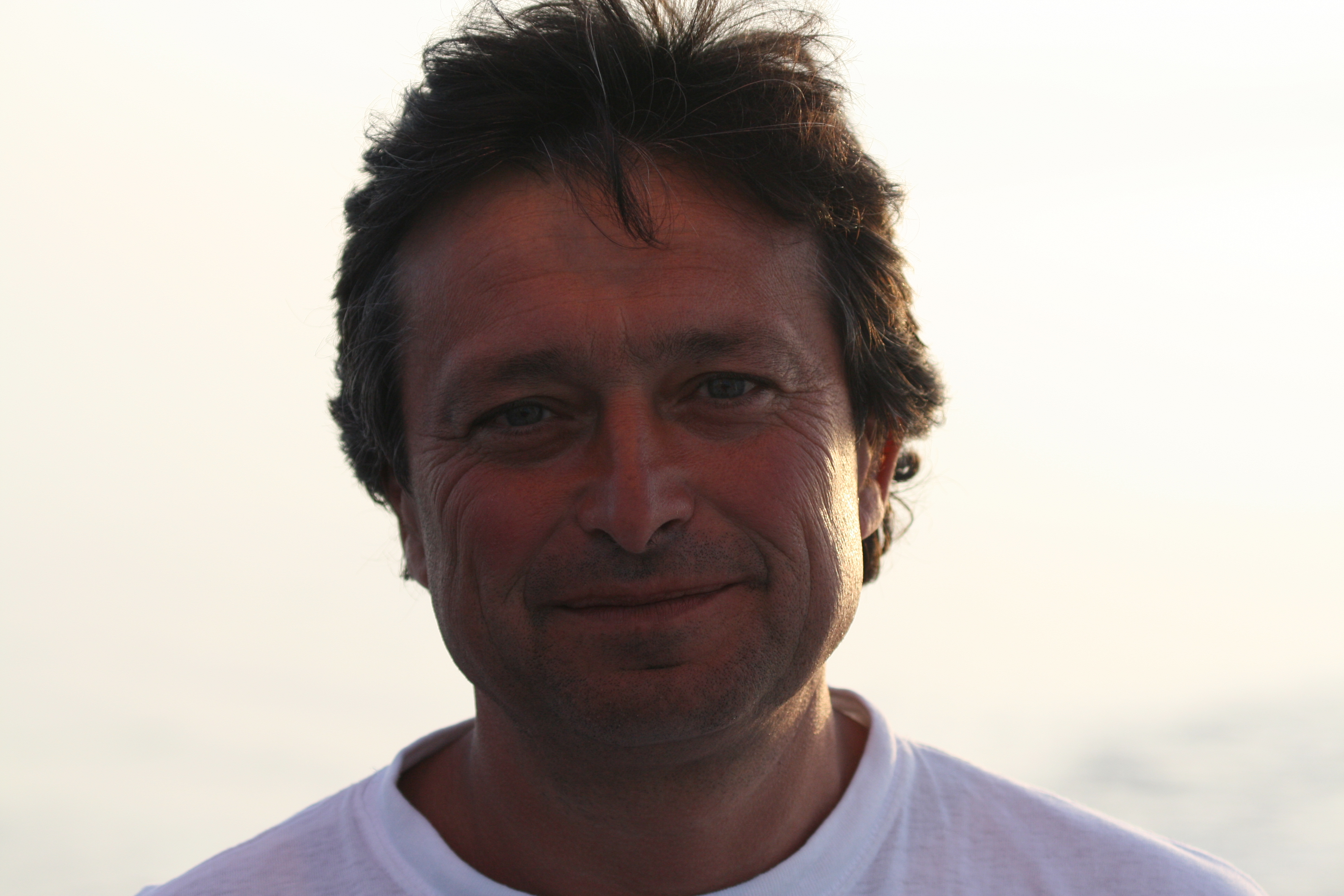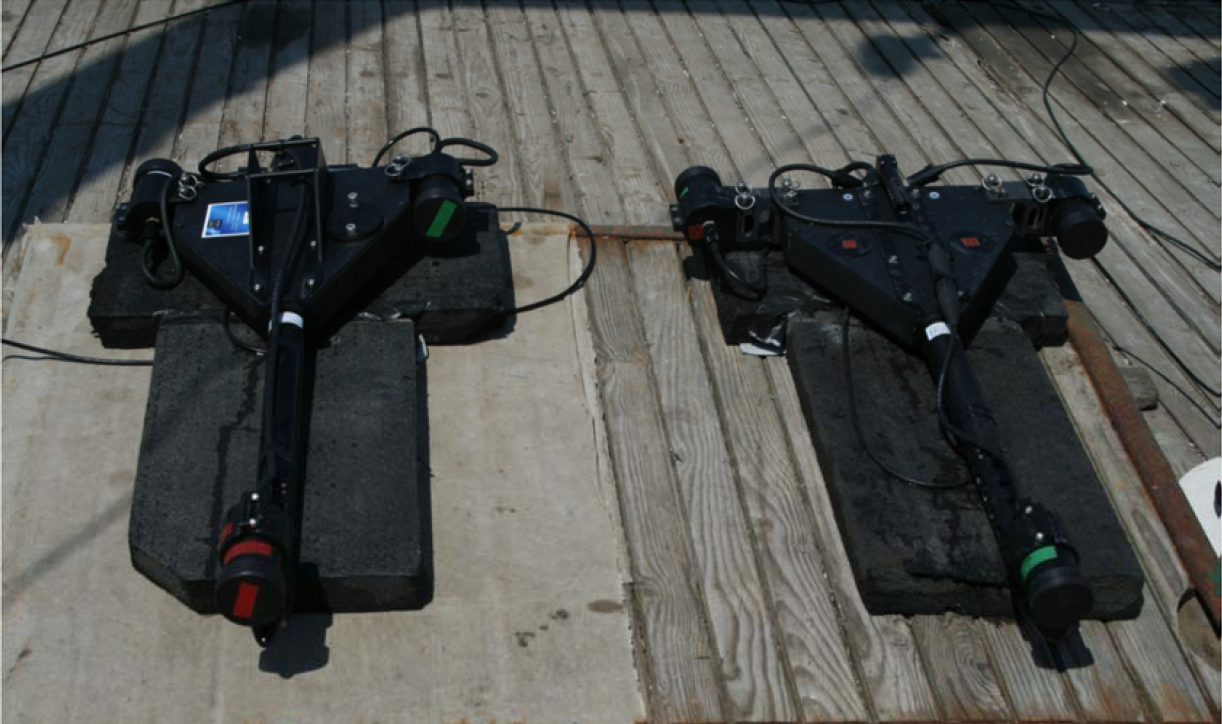Bio-Optics for Ocean Colour Remote Sensing of the Black Sea
|
Project Acronym &Title: BIO-OPT – Bio-Optics for Ocean Colour Remote Sensing of the Black Sea Area: Western-Central Black Sea Research Vessel: RV Akademik, IO-BAS, Bulgaria Project coordinator: Elif Eker Devli: Mersin University Chief scientist: Giuseppe Zibordi, Joint Research Centre of the European Commission Other project partners: Mersin University, Institute of Oceanology, Bulgarian Academy of Sciences, Hellenic Centre for Marine Research, National Institute for Marine Research and Development Date: 2 -11 June 2016 |
   |
|
Giuseppe Zibordi, Joint Research Centre of the European Commission, İtaly |
 |
Main Objectives
The overall objective of BIO-OPT-2016 EUROFLEETS was the collection of in situ bio-optical measurements to support remote sensing applications for operational environmental monitoring and climate studies in the Black Sea.
The primary objective of the EUROFLEETS cruise was the collection of those in situ bio-optical measurements necessary to further expand the current bio‐optical data set of the Western Black Sea in view of: i. supporting the assessment of Copernicus Earth Observation ocean color data products, and ii. consolidating recent regional bio-optical algorithms proposed for regional ocean color applications.
Secondary objective of BIO-OPT-2016 was to investigate the potentials to confidently quantify coccolithophores. This includes the attempt to develop a dedicated Black Sea algorithm for coccolithophores detection and concentration.
The validation of Sentinel-3 ocean color data will be performed using regional products from the Ocean Land Color Imager (OLCI) operated onboard Sentinel-3. These products will be generated and made accessible by EUMESAT for the specific region of interest within the context of “Sentinel-3 Validation Activities” managed in collaboration with the European Space Agency (ESA). The analysis will be likely finalized at the beginning of 2017 when the OLCI consolidated products are expected to be available.
Advancement in bio-optical modeling will be supported by the expansion of the data-set formally used to generate regional band-ratio algorithms for the concentration and inherent properties of optically significant constituents (see Zibordi et al. Ocean Sci., 11, 275–286, 2015). It is expected that the new data will contribute to a better quantification of intrinsic uncertainties affecting current algorithms and further increase their statistical relevance.
Consistently with measurement activities performed in the Western Black Sea during the BIO-OPT-2011 EUROFLEETS oceanographic cruise, the BIO-OPT-2016 science team performed measurements of apparent (e.g., remote sensing reflectance, diffuse attenuation coefficient) and inherent (e.g., absorption, scattering, backscattering) optical properties in combination with the collection of water samples for the determination of the concentration of optically significant constituents such as pigments and total suspended matter, in addition to the determination of algal species. Different from BIO-OPT-2011, that mostly focused on the Bulgarian and Romanian sea waters, BIO-OPT-2016 looked at the Turkish open sea waters exhibiting a lower level of optical complexity but a higher representativity of the overall basin.
Work progress and main achievements
|
BIO-OPT-2016 ensured the execution of 54 comprehensive measurement stations (for comparison the stations were 62 during BIO-OPT-2011 due to the smaller sampling region and a higher optical complexity of water suggesting the execution of sampling stations al closer distances). Bio‐optical quantities such as remote sensing reflectance, diffuse attenuation coefficient, total absorption coefficient, absorption coefficient of non-pigmented particles, absorption coefficient of colored dissolved organic matter, scattering coefficient, backscattering coefficient and aerosol optical thickness were determined. Salinity and temperature measurements were also measured. In addition, water samples for the determination of pigments, phytoplankton species and total suspended matter were taken. While the processing and quality assurance of most of measurements directly performed onboard during stations will be likely finalized by the end of 2016, some laboratory analysis of samples produced during stations will be completed within the first quarter of 2017. Still early results indicate the complementarity of BIO-OPT-2011 and BIO-OPT-2016 data exhibiting extreme differences in apparent and inherent optical properties. From early analysis, it is also confirmed the presence of coccolithophores in coastal samples collected during the early phases of BIO-OPT-2016. This fortuitous occurrence, still limited by the number of samples, is definitively expected to support ocean color investigations of coccolithophores. |
   |
For more information: http://mcc.jrc.ec.europa.eu/emis/dev.y?N=simple&O=323&titre_chap=Useful%20links&titre_page=CHLA%20EOSS)
